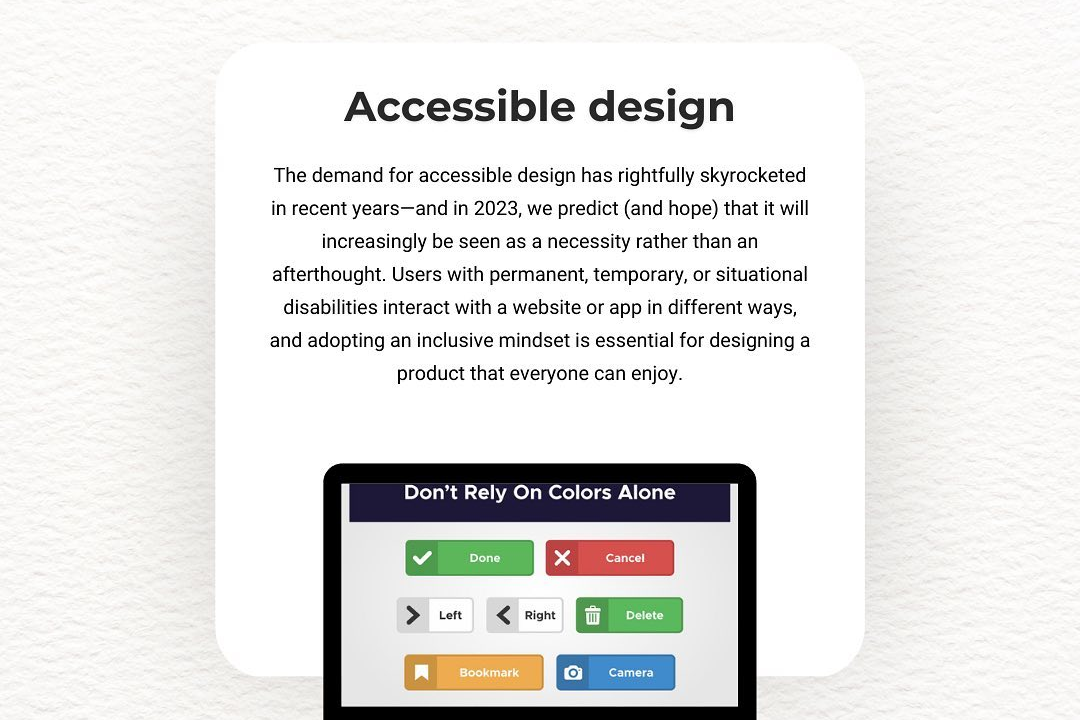Spring WebFlux
Reactive Programming with Spring WebFlux
Spring WebFlux
Spring WebFlux is a reactive programming framework provided by the Spring Framework that allows developers to build non-blocking, asynchronous web applications. It leverages Project Reactor, which is a reactive library that supports backpressure, enabling the handling of streams of data in a more efficient manner. Unlike traditional Spring MVC, which is built on the Servlet API and follows a blocking model, Spring WebFlux is designed to handle a large number of concurrent connections with low resource consumption, making it suitable for scenarios such as microservices and applications with high throughput requirements. It supports both annotated controllers and functional routing, offering flexibility in defining application endpoints. By providing a reactive programming model with support for both server-sent events and WebSocket communication, Spring WebFlux empowers developers to create responsive and resilient applications.
To Download Our Brochure: https://www.justacademy.co/download-brochure-for-free
Message us for more information: +91 9987184296
1 - Reactive Programming Paradigm: Spring WebFlux is built on the foundations of reactive programming, which allows developers to build systems that are event driven and asynchronous, improving responsiveness and scalability.
2) Non blocking I/O: WebFlux utilizes non blocking I/O, which allows handling multiple requests concurrently without waiting for each request to complete, enabling efficient utilization of system resources.
3) Model View Controller (MVC) Framework: WebFlux provides an MVC architecture that separates the application logic (controller), user interface (view), and data (model), making it easier to maintain and test applications.
4) Spring Ecosystem Integration: It integrates seamlessly with other Spring projects and components (like Spring Data) enabling developers to leverage existing skills and tools while transitioning to reactive programming.
5) Flux and Mono: WebFlux introduces two main reactive types: `Flux` for 0 to N items and `Mono` for 0 to 1 item, allowing developers to handle asynchronous sequences and data transformations elegantly.
6) Core Annotations: WebFlux offers specialized annotations like `@RestController`, `@RequestMapping`, and `@GetMapping`, which simplify the creation of web APIs by providing a declarative way to handle HTTP requests.
7) Servlet API Independent: Unlike traditional Spring MVC that is built on the Servlet API, Spring WebFlux can run on servers like Netty, Undertow, or Tomcat in reactive environments, promoting a more flexible architecture.
8) Reactive Web Clients: WebFlux includes a reactive WebClient, which can be used to make non blocking HTTP requests, suitable for microservices architecture and communication between services.
9) Error Handling: WebFlux provides a robust error handling framework, allowing you to manage errors in a graceful and decoupled manner through dedicated error handling mechanisms.
10) Backpressure Support: It offers built in support for backpressure, a crucial concept in reactive programming that allows systems to be resilient under load by controlling the flow of data.
11) Testing Support: WebFlux is equipped with testing utilities that enable developers to write unit tests and integration tests easily, ensuring the reliability of their reactive applications.
12) Scheduling and Timer Support: It includes support for scheduling tasks and creating timers, enhancing the capability to handle time based events in reactive systems.
13) Security Integration: WebFlux supports Spring Security, allowing developers to implement security features and authentication mechanisms in a non blocking manner without compromising performance.
14) Compatibility with Microservices: It's well suited for microservice architectures where lightweight, asynchronous communication is key to overall system performance and scalability.
15) Real world Use Cases: Many organizations are adopting Spring WebFlux for building responsive applications, real time data processing, streaming applications, and situations where performance under high load is critical.
These points can serve as a comprehensive outline for your training program on Spring WebFlux, helping students understand its features, benefits, and implementation strategies.
Browse our course links : https://www.justacademy.co/all-courses
To Join our FREE DEMO Session: Click Here
Contact Us for more info:
- Message us on Whatsapp: +91 9987184296
- Email id: info@justacademy.co
Software Testing Course Content












